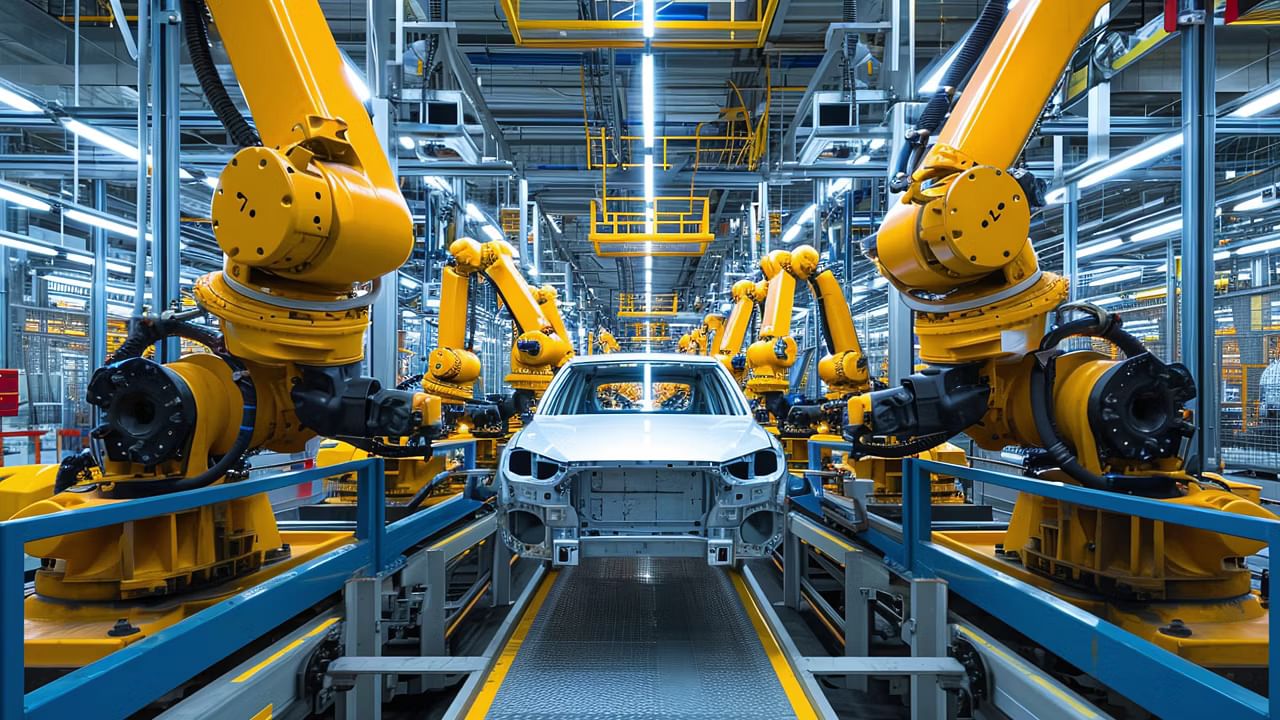
As India intensifies efforts to shift towards cleaner mobility, policymakers are being urged to rethink their approach—not by choosing one technology over another, but by redefining how success is measured.
Vikram Gulati, Country Head and Executive Vice President for Corporate Affairs and Governance at Toyota Kirloskar Motor, believes that a carbon-linked GST framework is essential to make this transition sustainable, scalable, and grounded in real-world outcomes.
Speaking at the Autocar Professional Future Powertrain Conclave, co-hosted by Guidance Tamil Nadu, Gulati outlined a globally benchmarked, performance-driven policy vision in which vehicle taxation is aligned with fuel efficiency and carbon emissions, regardless of the powertrain type.
“You sort this out by ensuring that your most important policies—primarily taxation—are based on merit,” he stated. “Not on whether the car is electric or not, but on whether it helps us reduce fossil fuel use and emissions.”
Focus on Outcomes, Not Technology Labels
Gulati’s central argument is that India’s auto policy should incentivize environmentally friendly outcomes rather than prescribing specific technologies. With multiple OEMs pursuing different clean mobility pathways—such as EVs, hybrids, and biofuels—he believes the government should create a level playing field where performance matters more than the format.
“It’s not EV versus other powertrains,” he explained. The real question is: How can we empower consumers to make more informed, healthier choices?
Europe and Thailand Show the Way
Referencing global examples, Gulati noted that countries like Thailand and 22 out of 29 EU nations already tax vehicles based on fuel consumption or CO₂ emissions. These systems are straightforward, transparent, and don’t require ongoing subsidies to support cleaner technologies.
“If someone chooses to buy a car with poor mileage, they should simply pay more tax,” he said, adding, “It’s simple, transparent, and eliminates the need for the government to continue subsidizing technologies with taxpayer money.”
Brazil’s Bold Leap: Taxing the Entire Energy Chain
Gulati was particularly impressed by Brazil’s progressive policy shift, which takes the carbon-linked model further. Unlike most countries that assess only tank-to-wheel efficiency (i.e., how the car performs), Brazil is preparing to tax vehicles based on well-to-wheel emissions—measuring the full lifecycle carbon intensity of electricity, biofuels, gasoline, and other fuels.
“They’re measuring the carbon intensity of every energy source—electricity, ethanol, diesel, gas—and planning to base taxation on the true environmental impact. That’s how you honestly address pollution. That’s how you give the consumer a real choice.”
India’s Flawed Taxation Logic
India’s vehicle taxation system, by contrast, remains disconnected from environmental performance. Gulati criticized the incoherence in India’s current GST framework, where inefficient vehicles are often taxed less than more efficient ones simply because of size or category.
“Let’s say I’m buying a small car that’s less efficient than a bigger car you’re buying. Why should I be paying less tax? But that’s what’s happening today.”
He illustrated this with a relatable example:
“You go to buy a 5-star-rated air conditioner. It costs ₹7,000 more—and part of that is tax. The same applies to cars. We’re penalizing efficiency in our tax system without realizing it.”
Aligning Policy with National Goals
The call to action is clear: Link India’s national targets—net-zero emissions by 2070 and energy security by 2047—to market-facing policy instruments, such as taxation.
India is at a crossroads. By 2030, the country is expected to sell 6 million new cars annually, of which only 1.2 million are expected to be electric (assuming a 20% EV penetration), leaving 4.8 million as hybrids or internal combustion engines (ICEs), forecasts Gulati.
With an anticipated ICE vehicle population of 87–92% by 2030, even in the best-case projections, it will necessitate the import of an additional 1.2 million barrels of crude oil per day, accounting for 30% of global growth in fossil fuel demand.
“We all talk about reducing carbon emissions, fossil fuel dependency, and improving energy efficiency. However, unless our policies reflect those goals in a structured and transparent manner, they’ll remain mere good intentions,” he said.
Gulati emphasized that a carbon-based GST system would enable market forces to reward the right technologies, including electric vehicles (EVs), which would naturally rise without requiring perpetual subsidies.
No Fear of Diluting the EV Push
Gulati acknowledged that some feared that supporting a range of clean technologies could distract from EV goals. However, in his view, anything that strengthens the electrified ecosystem ultimately benefits electric vehicles (EVs) as well.
“Whether it’s hybrids, plug-ins, or range extenders—these may use smaller batteries and motors, but they still create demand for EV components. That demand helps scale the ecosystem.”
Walking the Multipathway
Toyota has adopted a multi-fuel strategy for the Indian market, aiming to offer a range of sustainable mobility solutions tailored to the country’s diverse energy realities. Rather than relying solely on battery electric vehicles (BEVs), Toyota is advancing a diversified portfolio including:
• Hybrid Electric Vehicles (HEVs)
• Plug-in Hybrid Electric Vehicles (PHEVs)
• Fuel Cell Electric Vehicles (FCEVs)
• Flex-fuel vehicles (ethanol-capable)
A key milestone was the 2023 unveiling of the Innova HyCross flex-fuel hybrid, the world’s first BS6 Phase-II compliant strong hybrid powered entirely by ethanol.
This strategy supports India’s carbon neutrality targets, offering consumers scalable and infrastructure-aligned clean mobility alternatives.
A Bankable Partnership
Suzuki Motor Corporation is supporting Toyota’s strategy through joint initiatives, notably. Suzuki is developing a battery electric SUV for Toyota. It is scheduled to start production in Q2 2025 at Suzuki Motor Gujarat.
The alliance combines Suzuki’s compact engineering expertise with Toyota’s electrification capabilities, aiming to deliver affordable, practical, and clean vehicles for Indian consumers.
Summary: Policy Recommendations from Vikram Gulati’s Address
| Policy Recommendation | Rationale |
|---|---|
| 1. Introduce carbon-linked GST | Base vehicle taxation on real-world fuel efficiency or CO₂ emissions, not powertrain type. |
| 2. Reward efficiency within ICE as well | Distinguish between high- and low-efficiency ICEs in tax rates to drive innovation. |
| 3. Adopt a “well-to-wheel” carbon model | Learn from Brazil by including the entire fuel lifecycle’s carbon impact. |
| 4. Remove blanket subsidies | Shift to a fee-based model, making polluters pay instead of relying on public funds. |
| 5. Maintain technology neutrality | Let OEMs choose their tech pathway while rewarding positive environmental outcomes. |
| 6. Transparently publish carbon intensity | Allowing for apple-to-apple comparisons between electricity, ethanol, diesel, CNG, and other fuels. |
| 7. Treat EVs as the north star but support all clean tech | Prioritize electric vehicles (EVs) in policy while supporting a broader clean technology ecosystem. |
📰 Crime Today News is proudly sponsored by DRYFRUIT & CO – A Brand by eFabby Global LLC
Design & Developed by Yes Mom Hosting




